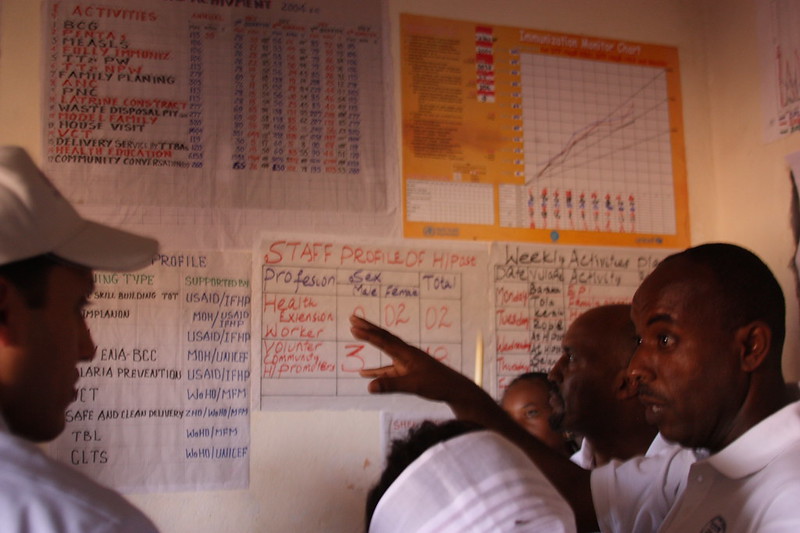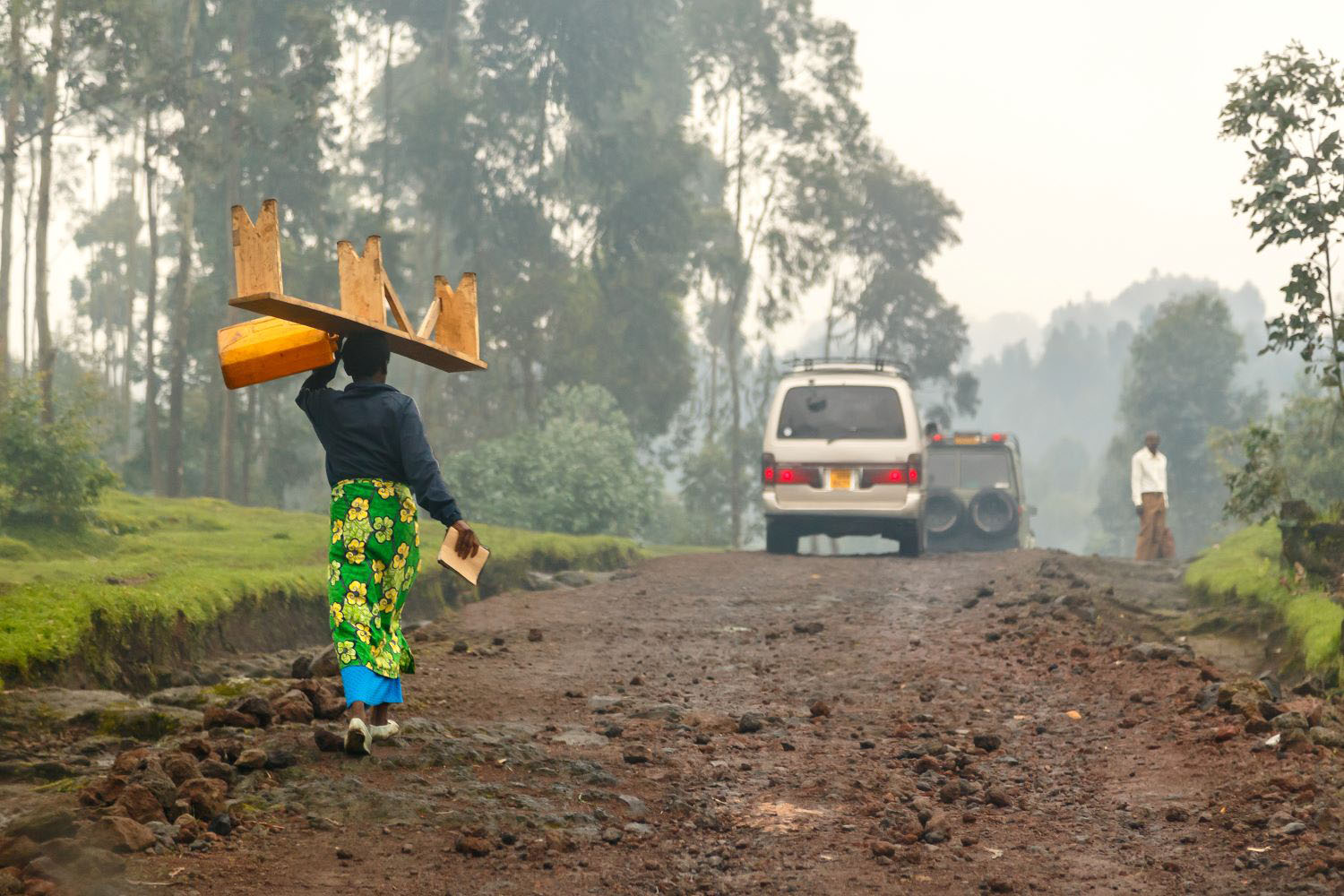Recommended
Regulation plays a vital role in ensuring the quality, safety, and efficacy of vaccines—and a strong regulatory system is key to successfully expanding vaccine manufacturing. The Gavi Secretariat is currently fine-tuning the design of a new Advance Market Commitment (AMC)—a financial mechanism to subsidize African-made vaccines and provide the needed “pull” for a nascent, competitive industry. However, to be eligible for procurement through Gavi’s AMC and its broader African Vaccine Manufacturing Accelerator (AVMA), African vaccine manufacturers must successfully obtain World Health Organization prequalification (WHO PQ).
This blog raises three issues with the mechanism’s requirement for African vaccine manufacturers to obtain WHO PQ as the sole regulatory pathway to guarantee quality, safety, and efficacy, and details two policy options for Gavi’s board to consider when it meets next week to fine-tune its proposal to address regulatory impediments for advancing a robust and sustainable African vaccine manufacturing industry.
Three shortcomings of the regulatory requirements in the current proposal
-
12 out of the 14 African countries where vaccine manufacturing projects have been announced are excluded for the foreseeable future.
Vaccine manufacturers can only apply for WHO PQ of a vaccine if the national regulatory authority (NRA) in the country of manufacturing is deemed “functional” by achieving (at least) maturity level 3 (ML3) status as benchmarked against WHO’s global benchmarking tool. Of the 14 African countries where manufacturing projects have been announced, only two—Egypt and South Africa—have NRAs operating at ML3 for producing vaccines.
By including WHO PQ as the requirement and sole regulatory pathway for Gavi support through AVMA, vaccine manufacturers from the other twelve countries are excluded from participating in the mechanism. This is not just a theoretical concern. A real-life example is the oral cholera vaccine manufactured by Bangladeshi manufacturer, Incepta. Despite being licensed by the Bangladeshi regulator, the Directorate General of Drug Administration (DGDA) in 2020, this vaccine is ineligible for WHO PQ because DGDA has not yet attained ML3 status. Unfortunately, this means that no Bangladeshi manufacturer can contribute to improving global vaccine availability.
Furthermore, these twelve African countries face prolonged exclusion from the mechanism. The path to attaining ML3 is neither short nor easy. For example, Bangladesh had its initial benchmarking in 2016 and has not yet to attained ML3. Similarly, Rwanda’s Food and Drug Authority (FDA) had its first formal benchmarking in 2018, the same year that the agency was established, but is yet to become “functional” for medicines despite receiving substantial support from several donors and technical assistance providers. Likewise, it took Nigeria’s National Agency for Food and Drug Administration and Control almost four years to reach ML3 for medicines and vaccines without production. The path to becoming functional for producing vaccines would likely be even longer.
-
WHO doesn’t have the capacity to take yet another responsibility
Even if all 14 African NRAs where manufacturing projects have been announced were fully functional, centralizing the regulatory process and decision-making in Geneva would not be appropriate. WHO faces capacity challenges, which may result in delays and increased risks. An independent evaluation of WHO’s Department of Regulation and Prequalification revealed that over 72 interviewees, including WHO staff, regulators, manufacturers, procurers, donors, and civil society organizations, unanimously highlighted limited resourcing at WHO headquarters as a significant constraint. From 2018 to 2022, resources for WHO prequalification remained steady, for example, the number of staff only increased by one, from 114 staff members in December 2019 to 115 in December 2022, despite a substantial increase in the program's scope and workload. This raises concerns about the organization's ability to effectively manage the growing demands placed on it.
Furthermore, the WHO PQ system relies on “functional” NRAs in the country of manufacturing for regulatory oversight of the vaccine throughout its lifecycle. This includes lot release testing and post-approval surveillance among other regulatory functions. If vaccines are produced in multiple countries, it becomes more challenging for WHO to guarantee that the listed vaccines and manufacturing sites consistently meet the required standards and operational specifications. Currently, 22 NRAs have vaccines prequalified, ten of which are not stringent regulatory authorities (SRA). Increasing the number of NRAs involved would add complexity, making it harder for WHO to ensure that each responsible NRA is independently and appropriately exercising regulatory oversight.
-
Failure to recognize the direction of travel towards WHO-listed authorities
By designating WHO PQ as the exclusive regulatory pathway, Gavi’s AMC overlooks the ongoing trend toward establishing alternative, viable regulatory pathways. These alternatives may include WHO-listed authorities or capacities within regional or sub-regional mechanisms, such as the East African Community and the African Medicines Agency. While acknowledging that these mechanisms currently lack the capacity to ensure the quality, safety, and efficacy of new vaccines, recognizing them as potential regulatory pathways in the future would send a clear signal to the market.
Two policy options for Gavi to address regulatory issues
-
Support regulatory authorities through earlier milestones
Supporting regulators in countries where vaccine manufacturing will take place is crucial to the success of Gavi’s AMC. While one could argue that this is beyond Gavi’s mandate, Gavi can still contribute to strengthening regulatory systems in Africa. For example, Gavi could offer milestone-based support to regulators in countries making progress in local vaccine manufacturing. This involves directing AVMA funds toward closer milestones rather than relying solely on WHO PQ. This approach helps identify manufacturers and the corresponding NRAs that would benefit from financial support. Additionally, financial assistance could be provided more efficiently and effectively to sub-regional regulatory mechanisms where local manufacturers who are making adequate progress are located.
-
Consider alternative regulatory pathways
Gavi should be open to alternative regulatory pathways, including formal collaborations between African NRAs and SRAs. Under these arrangements, the SRA would assume a formal role in supporting African NRAs with crucial regulatory functions including lot release testing and post-approval surveillance. This pairing arrangement not only addresses the short-term capacity challenge but also contributes to the capacity building of selected African NRAs, moving them towards achieving ML3 and WHO-listed authority status. This strategy is in line with recent initiatives by European countries—such as the European Commission-funded project that supports Rwanda’s FDA with regulatory functions related to the manufacturing of medicinal products, including vaccines. Gavi and its board could also encourage other SRAs, including the US FDA, to actively participate in these collaborative efforts.
Gavi could also embrace the concept of WHO-listed authorities and regional and subregional approaches as alternative, viable regulatory pathways for AVMA support in the future. This strategic decision would encourage governments, regulators, and manufacturers to invest in and strengthen regional and subregional regulatory systems. There is precedent for the success of subregional systems linked to Regional Economic Communities in assessing and approving new medicines, suggesting that this arrangement can be effective.
Conclusion
The success of the proposed mechanism to accelerate vaccine manufacturing in Africa will depend on strengthening regulatory systems. Gavi should carefully consider regulatory shortcomings of the requirement for WHO PQ as the sole regulatory pathway to guarantee quality, safety, and efficacy. It is important for Gavi to contribute to strengthening regulatory systems in Africa by supporting regulators through earlier milestones, and to embrace alternative, regulatory pathways for AVMA support. Its commitment to strengthen regulatory systems in Africa is imperative—relying on others to set an enabling regulatory environment for the success of its mechanism to advance African regional vaccine manufacturing will not be enough.
Thanks to Jude Nwokike for comments on an earlier draft of this blog.
Disclaimer
CGD blog posts reflect the views of the authors, drawing on prior research and experience in their areas of expertise. CGD is a nonpartisan, independent organization and does not take institutional positions.
Image credit for social media/web: Vic Josh / Adobe Stock








